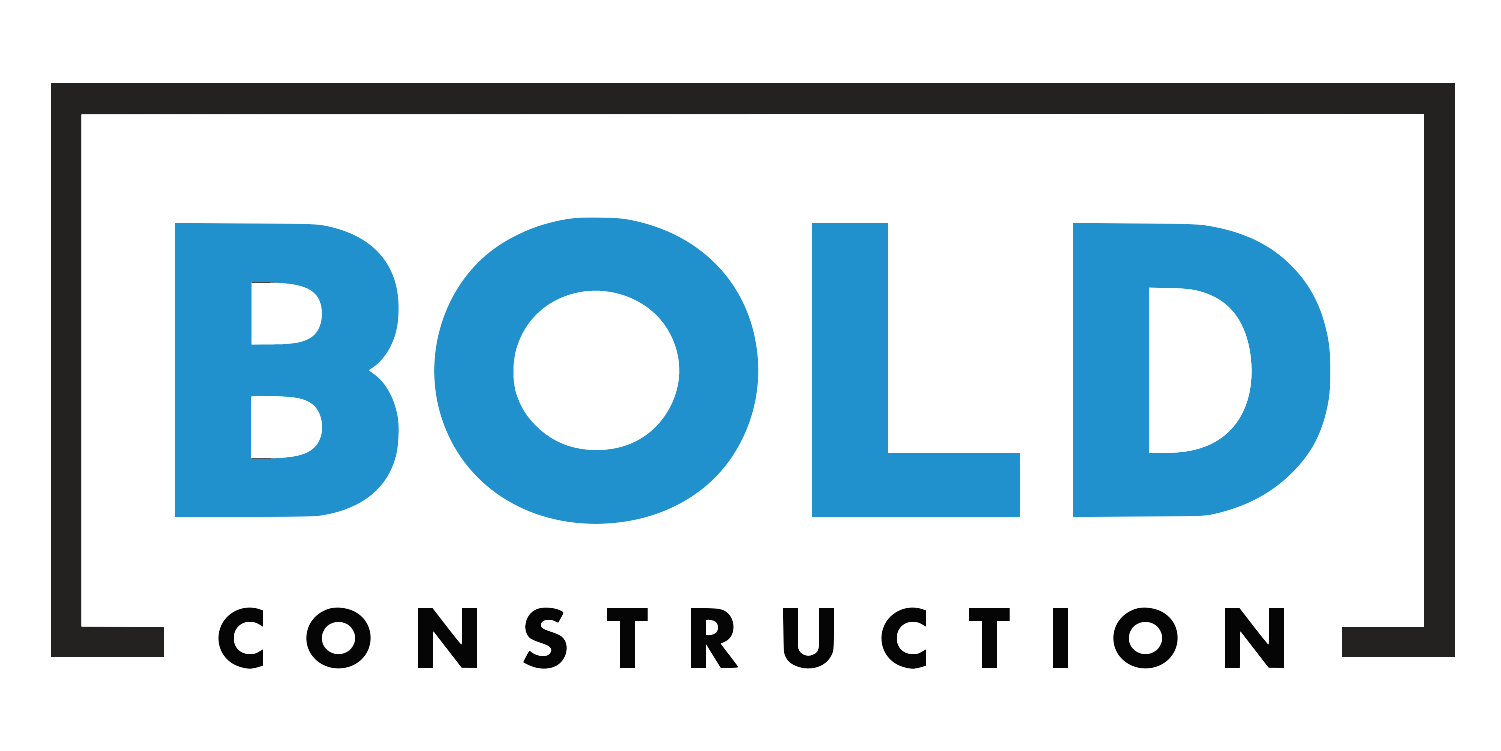A house is a lot like a canvas, a blank space on which you plant your décor, personal taste, and most of all your memories. It needs to be versatile by design. This need for versatility is likely why drywall is so frequently used in modern homes. Combined with low cost, durability and ease of construction, it’s easy to see why it’s so popular.
But if you’re building a custom home, you owe it to yourself to learn more about this humble material.
Uses and Structure
Drywall is essentially gypsum plaster mounted between thick sheets of paper. Other substances or added to it – fiberglass, plasticizers – that increase its fire and water resistance. Before drywall, most homes were constructed with lath and plaster, at technique where parallel wooden beams support a coat of plaster on the outside.
The flat look of drywall makes it ideal for basic walls, and its paper-like surface is predictable and easy to paint on. However it also lacks the character of something like stone or brick, meaning that a living room or entry foyer can benefit from having a more rugged material.
However compared to other wall materials – especially brick or stone – drywall is very susceptible to water damage. It is porous, which means it can essentially suck up water like a sponge, even from the floor. As a result it is a poor choice for some basements and utility rooms without waterproofing.
Getting Your Feet Wet in DIY
Drywall is installed in a process called hanging. The process is easy in practice: you simply hang edges of drywall sheets on wooden studs with nails and adhesive. The details are a bit out of scope for this simple guide. This Old House has a great tutorial if you want to teach yourself!
If you do buy your own drywall, you need to pick the right thicknesses. ½” thick is the standard size, with 5/8” being the thickest and most soundproof…but also the hardest to work with. ¼” is best for curved structures. When measuring sheets, make sure you use the largest sheets possible to avoid seams.
You’ll also need a few essential tools to get started:
- Drywall saw: a short, serrated blade for creating holes for outlets and fine details.
- A quality hammer and drill: you can also get a specialized drywall drill that always gets the screws to their correct mounting depth.
- Foot lift: essential for keeping panels stable while you drive in nails.
- Drywall knife: a long, flat edge for spreading joint compound over seams and nails.

I appreciate you helping me learn more about the uses and structures of drywall. I found it interesting when you said that compared to other wall materials, drywall is very susceptible to water damage. So, I agree that it must really have a waterproofing to avoid it.